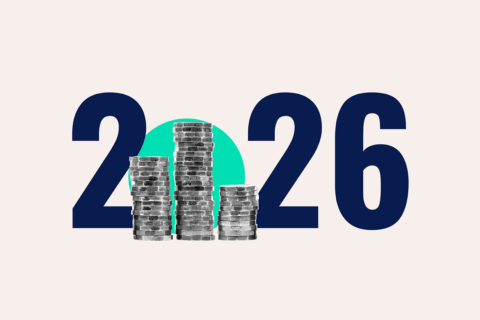
Year End Portfolio Rebalancing Strategy: 2026 Outlook
Best Practices for Year End Portfolio Rebalancing in 2026 (Image: disclosure/reproduction of Google Images) As...
December 25, 2025

Best Practices for Year End Portfolio Rebalancing in 2026 (Image: disclosure/reproduction of Google Images) As...
December 25, 2025

Aligning Investments with Short and Long Term Goals (Image: disclosure/reproduction...

How to use your credit card during Christmas and New...

Understand the new fees for those who are late with...